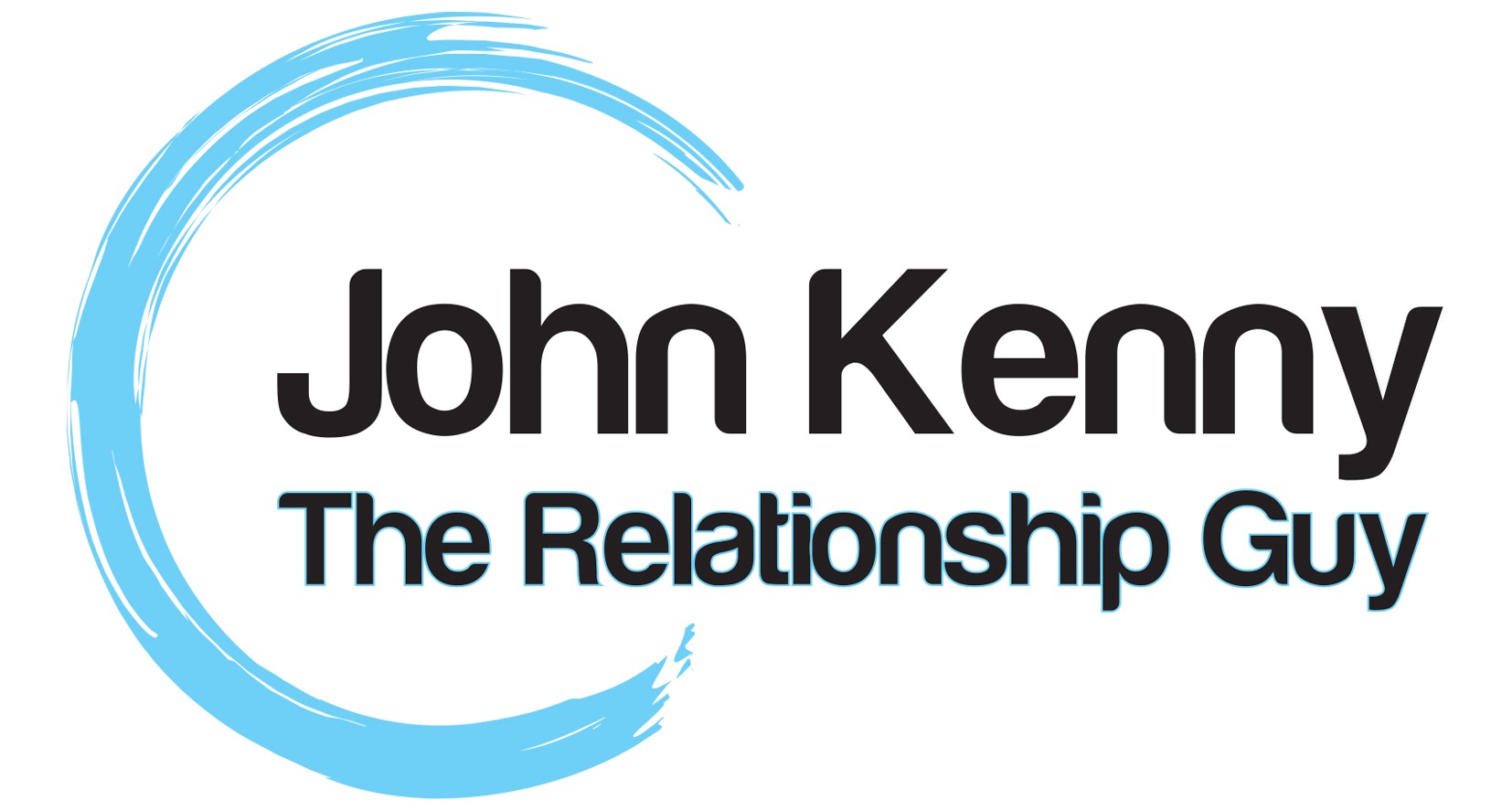Understanding Love
The History of Attraction and the “In Love” Experience
The story of “love” is an ever-evolving drama that in most cases has nothing to do with romance.
I’m not saying that people’s relationships today do not have romance (although most, unfortunately, do not), I’m saying that historically, love, relationships, sex and romance have had very little to do with each other. Let me explain.
The rush of endorphins that you know as the “in love” experience is an ancient biological trigger passed down from your ancestors.
If you consider the lives your ancestors lived, on the move, cave-hopping and constantly fighting for survival, it’s easy to understand that they did not have the time (or likely the mental/emotional capacity) to worry about romance.
Male-female relationships were ultimately for one purpose—procreation and survival of the species.
Consider: when you fall in love with someone it produces an overwhelming feeling of attachment. You can’t stand to be away—you’re drawn to each other. Sometimes (not usually) this can be due to a deep spiritual connection, although most of the time it’s just straight biology.
You see, cavepeople had one mission in their sexual encounters—produce as many offspring as they can, to ensure survival of their genes, and then keep the baby alive (which can be challenging with uncertain food sources and saber-toothed predators).
Why would the “in love “experience would have benefited them, back then?
Well, monogamy and one partner lifetimes were not likely the human thing to do back then. So, in order to entice the couple to stick together to raise the baby, biology gave a big smack of brain chemicals, like dopamine and norepinephrine, that produced the temporary bond and attachment, which is what today we call feeling “in love”.
The release of these hormones lasts anywhere from six months to three years. This is the time it usually takes to ensure a baby lives to a survivable age. Then, the brain chemicals begin to fade, and as they do, the couple no longer feel drawn to stay together and so go off to find a new mate. (Survival of the species).
There are other instinctual and biological processes we often experience today, even though we rarely are aware of their origins.
For example, natural pheromones were a huge factor in sexual attraction in ancient times. Today, scent is still used in wooing, such as perfume or cologne.
Another echo you can still see today is a woman’s desire to find a man who will “bring home a large share of the kill.” Back then it was an instinct in order to ensure your family is fed and protected. Today the kill has changed to money, but for many women the desire is the same, to be provided for and to feel safe.
Now, there are many women who have become the breadwinners, but for many people, the lingering instincts are still what drives the nature of a relationship.
The roles of relationships have evolved drastically, yet over a very long period of time. Depending on the region of the Earth and the cultural or religious beliefs of the community, relationships and sexuality can be drastically different, just as it has been drastically different over time. And still, some societal beliefs and practices surrounding relationships around the world have very little to do with “love” or “romance”.
A pivotal point in history for romance took place during the Renaissance period.
This is where most of the notions of love and romance that are pervasive in Western society originated. Romeo and Juliet’s longing for each other, the damsel in distress being whisked away by the knight in shining armour, basically all of the traditional story lines of fairy tales and their romantic notions stem from the evolution of relationships during the Renaissance.
So, in fact, in the 200,000 years or so of human evolution, love and romance are very new concepts.
If the “in love” experience isn’t what we’re after, what is love?
In part two I will explore this in more detail and look at what defines ‘healthy and unhealthy love.
Be good to yourself.

